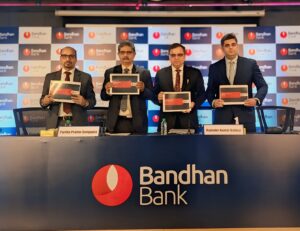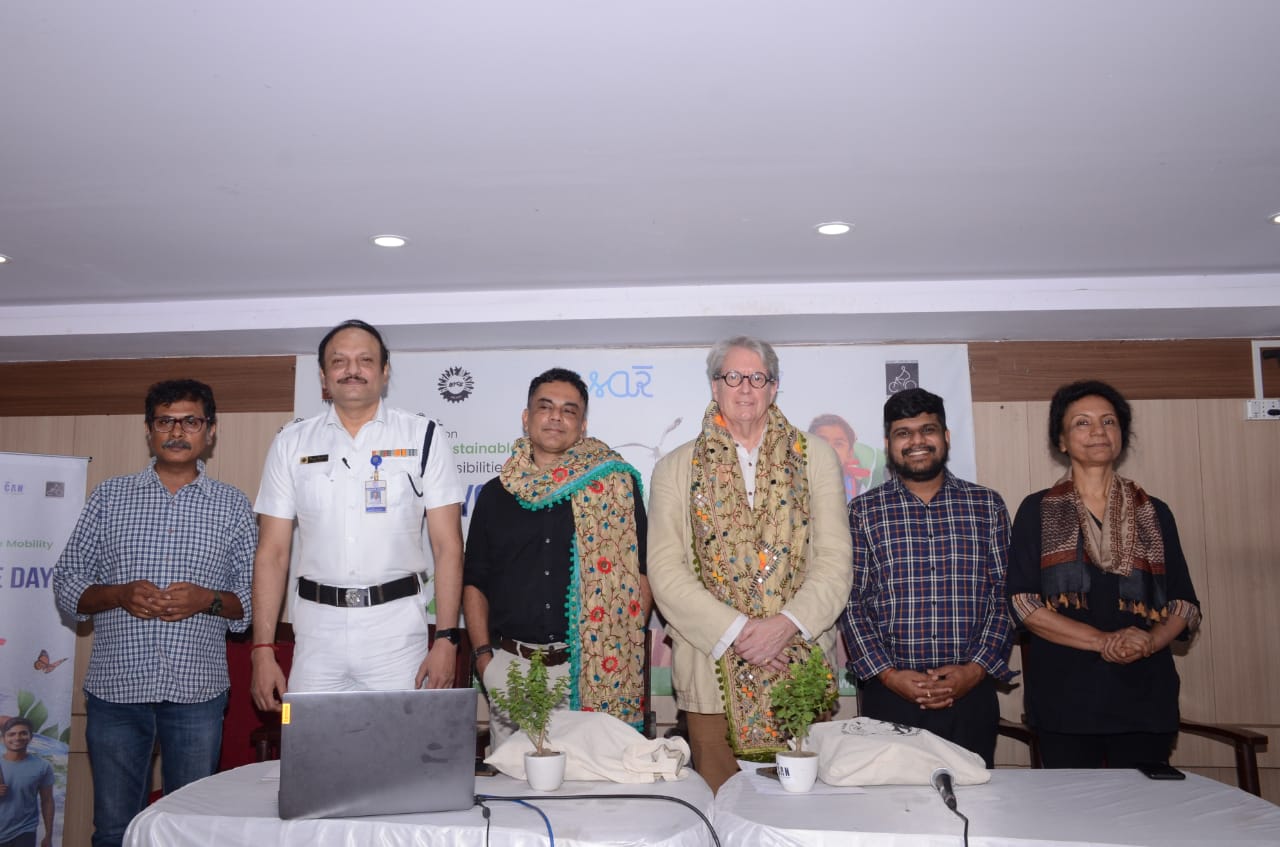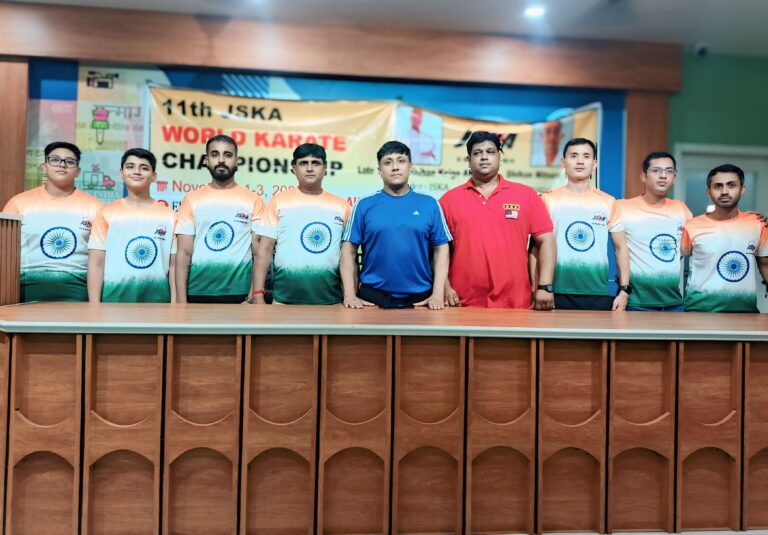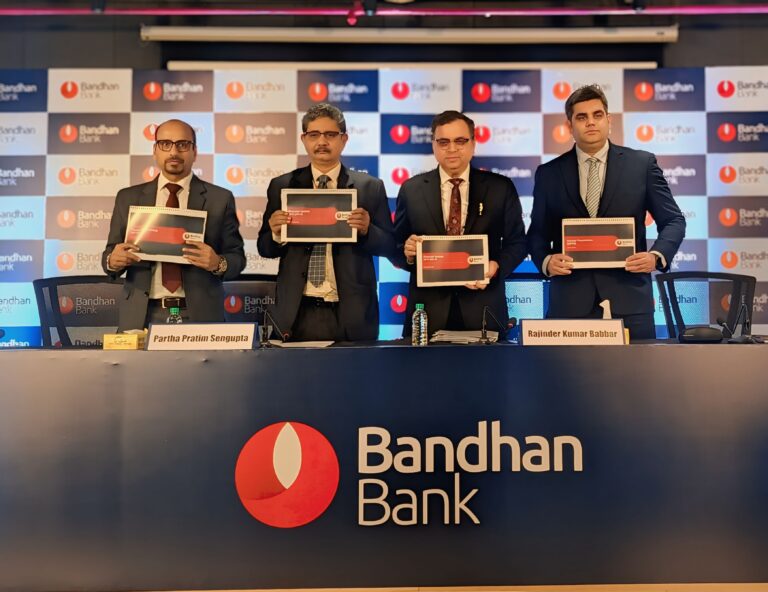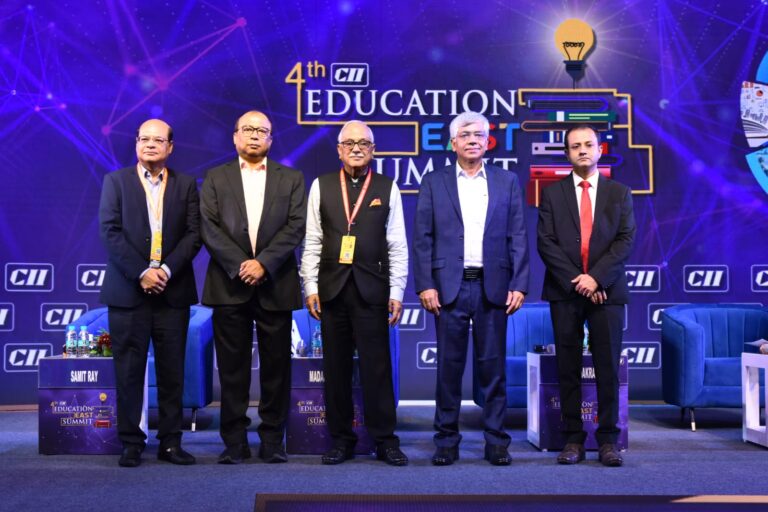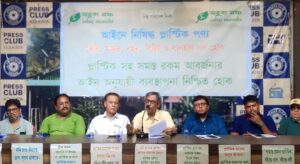
Kolkata, 03 June, 2025
On World Bicycle Day, the SwitchON Foundation, supported by the Sustainable Mobility Network, hosted a multi-stakeholder event at the historic Rammohan Library to promote active mobility in Kolkata. The event brought together government officials, transport planners, academicians, and community leaders to discuss the city’s transportation future.
At the event, SwitchON released its Speed Mapping Report, which presents data from 14 major traffic corridors in Kolkata, comparing peak-hour travel speeds across different modes of transport. The study, conducted between April 23 and May 6, 2025, revealed that cycling is faster than cars on 60% of the routes.
In areas like Tollygunge Phari, cycles moved as fast as buses and even outperformed cars during rush hours. The report highlighted that buses are the slowest mode, averaging just 10–15 km/h, largely due to mixed traffic and lack of dedicated bus lanes.
Meanwhile, private vehicles like motorcycles and autos travel faster, often exceeding 22 km/h, leaving public transport at a disadvantage. The study also compared Kolkata with Tier-II cities like Durgapur and Dhanbad, which showed smoother traffic and higher average speeds, especially for autos and buses.
Kolkata’s traffic problems are worsened by a sharp rise in vehicle registrations. Between 2016 and 2024, four-wheeler registrations increased more than five times, and two-wheelers more than doubled. This has led to growing congestion and a sharp drop in overall vehicle speeds.
The report also pointed to safety concerns, with pedestrians making up 40% of road deaths in Kolkata, and transport contributing 50% to city air pollution. The exclusion of cycles from 77 key roads further adds to the mobility and safety challenges.
Experts at the event urged the city to shift focus toward walking and cycling. Dr. Anumita Roy Chowdhury said Kolkata’s policy now needs to turn into real action. Mr. Vinay Jaju, Executive Director of SwitchON Foundation, called the current traffic crisis a “public health emergency,” stressing the need for fewer parking spots, car limits, and protected lanes for cyclists and pedestrians.
Panelists cited examples from other Indian cities. Chennai has allocated 40% of road space to non-motorised transport, while Pune and Bengaluru are investing in cycle tracks and pedestrian zones.
The event concluded with a clear message: cycling is not slow—cars are. Kolkata’s compact layout and high share of walking and cycling trips make it well-suited for active mobility. The city now faces a critical choice—to continue down a congested path or build a cleaner, healthier, and more efficient transport future.

